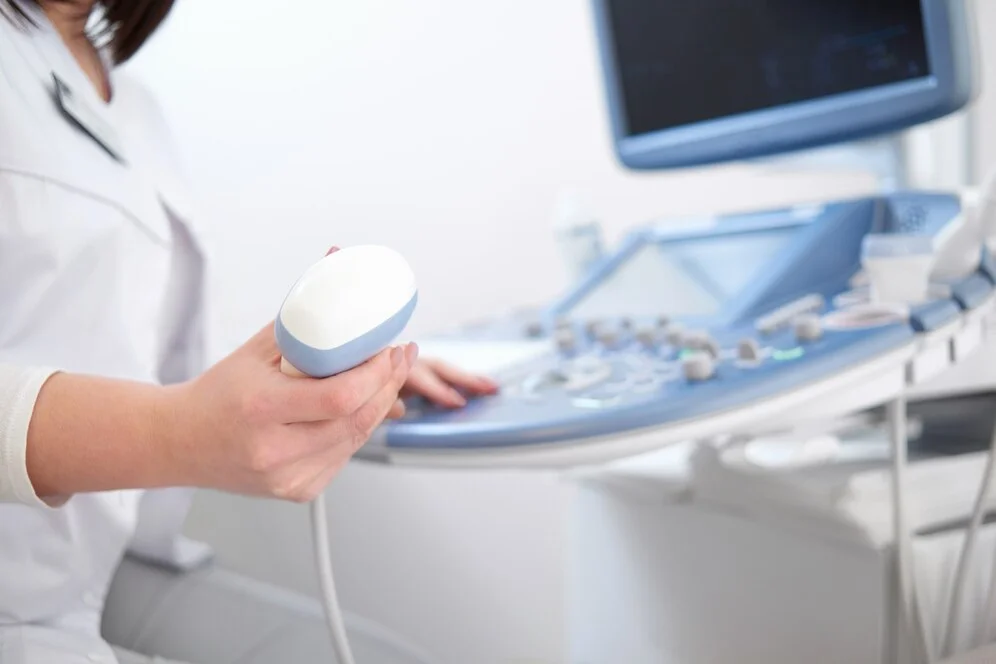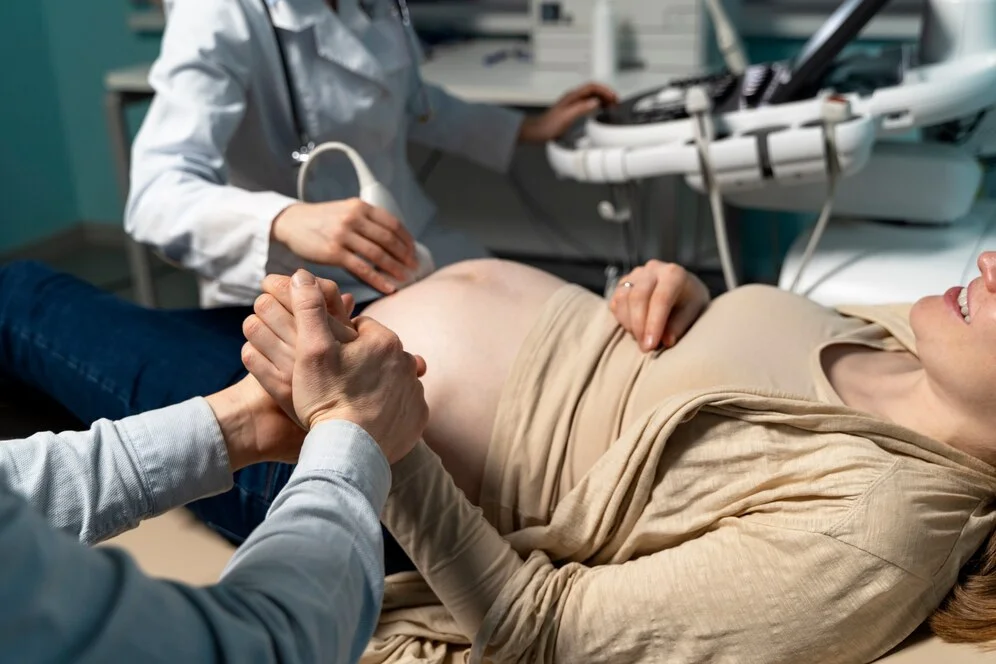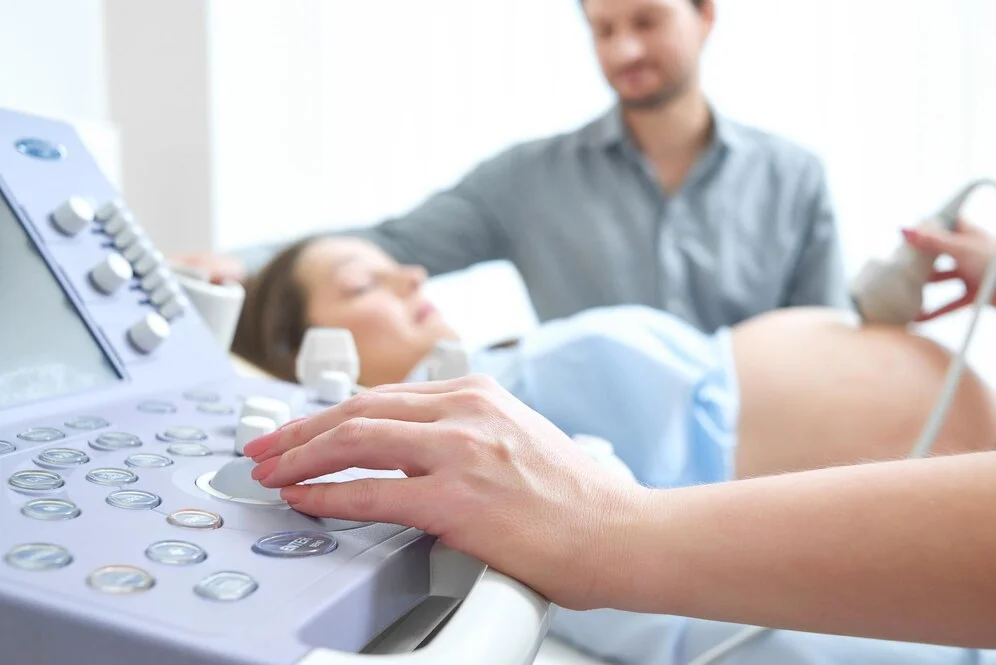-
Ganesh Talkies, Kolkata
Ganesh Talkies, Kolkata

Hello Reader!
Welcome to the blog page of Dr. Megha Khanna, one of the best lady gynaecologists in Kolkata.
Understanding modern antenatal tools to predict C-section risks is crucial. Learn how advancements in gynecology can help identify risks early.
Pregnancy is a beautiful journey, but it also comes with its own set of challenges and uncertainties. One of the primary concerns for expectant mothers is the method of delivery. A cesarean section, often referred to as a C-section, is a surgical procedure used to deliver a baby through an incision in the abdomen. While C-sections are sometimes necessary, they come with inherent risks. Thankfully, modern antenatal tools have made it easier to predict and manage these risks. In this post, we will explore some of the most effective tools and techniques used to assess and minimize C-section risks during pregnancy.

C-sections have become increasingly common in recent years, leading to growing concerns about the long-term effects on both mothers and babies. According to the World Health Organization (WHO), a C-section is medically necessary in certain cases, but it should not be overused. The risks associated with unnecessary C-sections include longer recovery times, increased chances of infection, and complications in future pregnancies.
Expecting mothers and healthcare providers alike want to ensure that C-sections are performed only when absolutely necessary. To help with this, modern antenatal care has introduced advanced tools and techniques to predict potential risks. Early detection allows doctors to offer targeted solutions and alternatives, improving both maternal and fetal health outcomes.
Predicting C-section risks early on allows for better planning and preparation, reducing stress for both the expecting mother and the healthcare team. Here are a few reasons why it’s important to assess these risks:
Early detection of C-section risks can prevent complications such as excessive blood loss, uterine infections, and prolonged recovery times.
When C-section risks are identified early, doctors can offer more personalized care, leading to better outcomes for both mother and baby.
By predicting and managing C-section risks, doctors can reduce the likelihood of unnecessary cesarean deliveries, promoting safer and more natural births.

Thanks to technological advancements, modern antenatal care offers a variety of tools to predict and manage C-section risks. These tools allow for more accurate assessments, helping healthcare providers make informed decisions. Here are some of the most common and effective tools used today.
Ultrasound technology has been one of the most important advancements in antenatal care. It helps doctors monitor the baby’s position, size, and overall development during pregnancy. The information gathered through ultrasound can significantly impact the decision to proceed with a vaginal delivery or opt for a C-section.
The health of the placenta plays a significant role in determining whether a C-section is necessary. Doppler flow studies measure the blood flow to the placenta and can detect any abnormalities that might increase the risk of C-sections, such as placental insufficiency.
Cardiotocography (CTG) is a tool used to monitor the fetal heart rate and uterine contractions during labor. A non-invasive procedure, CTG helps doctors determine if the baby is in distress or if the labor is progressing normally.
Blood tests during pregnancy provide vital information about the mother’s health, which can affect delivery decisions. Specific markers in the blood can indicate potential issues that might make a vaginal birth riskier, increasing the likelihood of a C-section.
One of the main benefits of these modern antenatal tools is their ability to detect high-risk factors early in pregnancy. By identifying issues like fetal malposition, large baby size, or placental abnormalities, healthcare providers can suggest measures to mitigate these risks. Early intervention can help prevent unnecessary C-sections by allowing for non-invasive solutions.
With the data provided by these tools, doctors can create more personalized birth plans. Expectant mothers can be better informed about their delivery options, knowing what risks exist and how they can be mitigated. These personalized plans are vital in ensuring the safety of both the mother and child.
Having access to these modern tools also empowers expectant mothers to make informed decisions about their birth plans. A good doctor will take the time to explain the results of these assessments and how they relate to the delivery method. This transparency ensures that the mother feels comfortable with her care plan.

Modern antenatal tools help detect risks early on, allowing healthcare providers to suggest preventive measures or alternative birth plans, thereby reducing the chances of unnecessary C-sections.
Yes, most of these antenatal tools are available to pregnant women as part of their routine care. However, certain tests may be recommended based on individual health factors or risks.
While these tools can significantly reduce the risk of unnecessary C-sections, they cannot completely eliminate the possibility. Some situations may still require a C-section for the safety of the mother and baby.
Generally, these tools are non-invasive and safe. However, in some cases, further diagnostic procedures might be required based on initial test results.
Modern antenatal tools have revolutionized the way we approach pregnancy and childbirth. By providing early insights into potential risks, these tools enable healthcare providers to make informed decisions that improve outcomes for both mothers and babies. While a C-section may still be necessary in some cases, these advancements ensure that it is only performed when absolutely needed, reducing unnecessary risks and promoting healthier pregnancies.
Expectant mothers should feel empowered with the knowledge that advancements in antenatal care are continuously working to make their pregnancies safer. If you are seeking guidance on managing C-section risks, seeking the advice of an experienced professional gynecologist is always a step in the right direction.